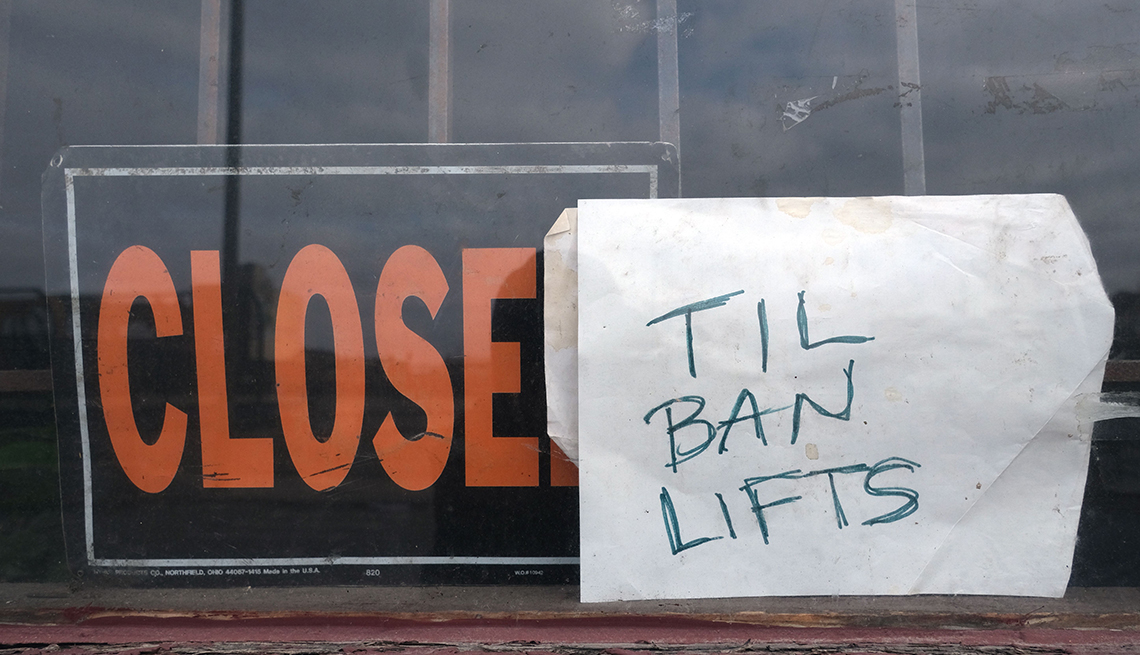Play all audios:
"These kinds of personal activities or habits will continue to be really important for people at higher risk of severe illness,” agreed Caitlin Rivers, senior associate at the Johns
Hopkins Center for Health Security and assistant professor in the Department of Environmental Health and Engineering at the Johns Hopkins Bloomberg School of Public Health. As hard as it may
be to continue missing out on visits with grandchildren and lunches with friends, “all of these behaviors and activities are going to continue to reduce your risk” of a coronavirus
infection, Rivers said. Phase three of the government's guidelines gives the green light for vulnerable populations to “resume public interactions.” Practicing physical distancing and
limiting time spent in crowded environments, however, is still encouraged “because we know that we still have an issue with asymptomatic spread,” said Deborah Birx, M.D., the response
coordinator of the White House coronavirus task force. Some experts say on-and-off physical distancing may be needed into 2022 to limit a resurgence of coronavirus cases. TESTING, TRACING
WILL BE KEY TO REOPENING Without a vaccine, testing people for coronavirus infections — and tracing those who are at risk for one — is crucial for getting the country back to normal.
"You can't just relax physical distancing interventions in the absence of knowing where you are in the epidemic because you'd lead to enormous resurgence and a lot of deaths,”
Caroline Buckee, associate professor of epidemiology and associate director of the Center for Communicable Disease Dynamics at the Harvard T.H. Chan School of Public Health, said in a
recent call with reporters. Health officials are focused on two different types of tests when it comes to resuming normalcy: diagnostic and antibody. Diagnostic tests identify people who
have a coronavirus infection. A positive result lets them know they need to self-quarantine so they don't spread the virus to others. And in hospitals, determining which patients are
infected helps health care workers know when they need to wear personal protective equipment, which is in short supply. Antibody tests can tell whether a person was already infected with the
virus. Many people do not experience symptoms of COVID-19, and knowing who had the virus but wasn't sick can pinpoint people who may be in the clear to return to work. Though
scientists are still working to better understand immunity to the virus, many speculate that someone who has been infected is less likely to catch the virus again and pass it on to others.
Under the president's new guidelines, states are responsible for setting up screening and testing sites for people with and without symptoms of COVID-19, and tracing the recent contacts
of people who test positive. Many point out, however, that testing capacity is still lagging. "What is key in this is the early alerts and getting in there before they even know they
have a problem,” Birx said during Thursday's briefing. This is especially important “for asymptomatic individuals in communities that we know are particularly vulnerable,” such as
senior care facilities. Tracing close contacts of people who test positive for the coronavirus is also vital to containing its spread. Buckee said this public health practice is an
“additional layer,” and that when used with other interventions, such as physical distancing, helps protect people who are most vulnerable for COVID-19 complications.

